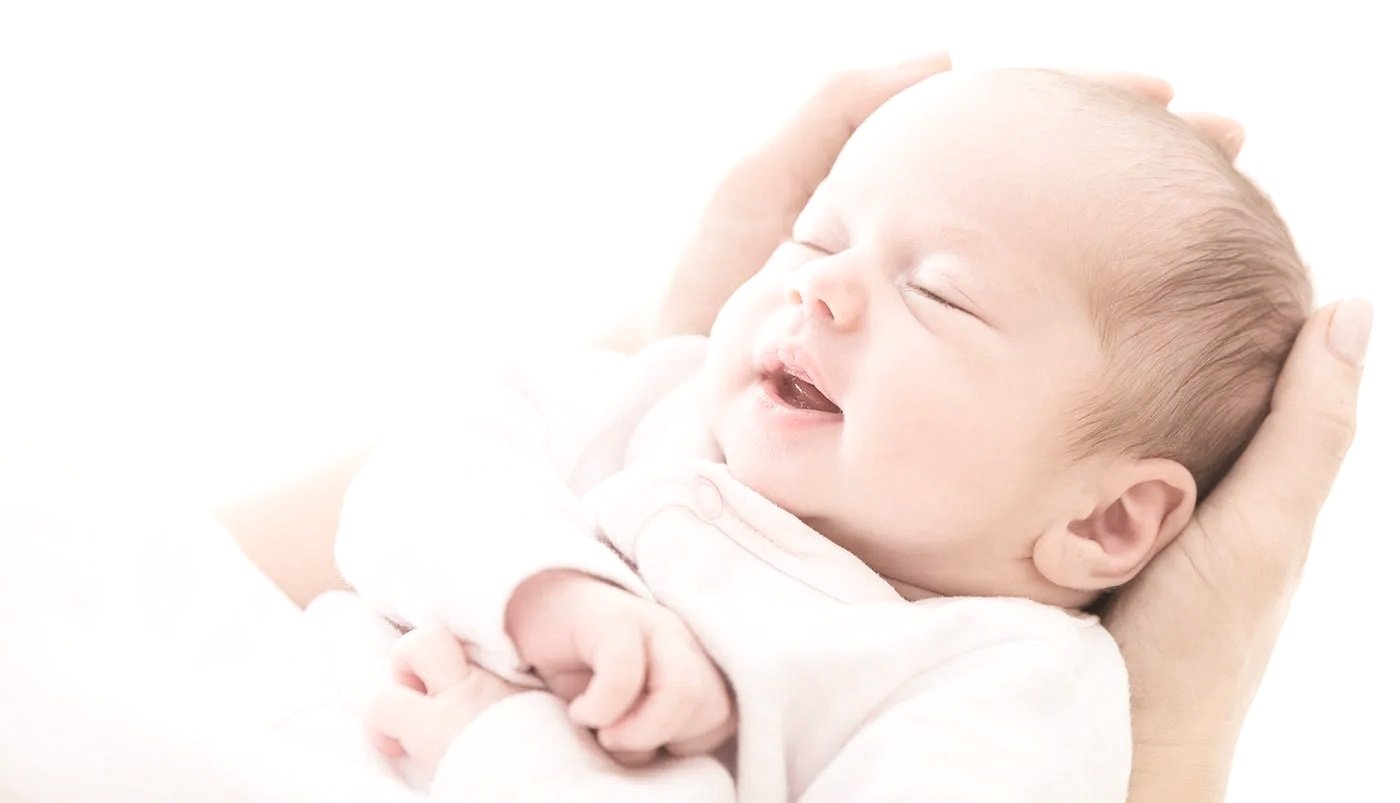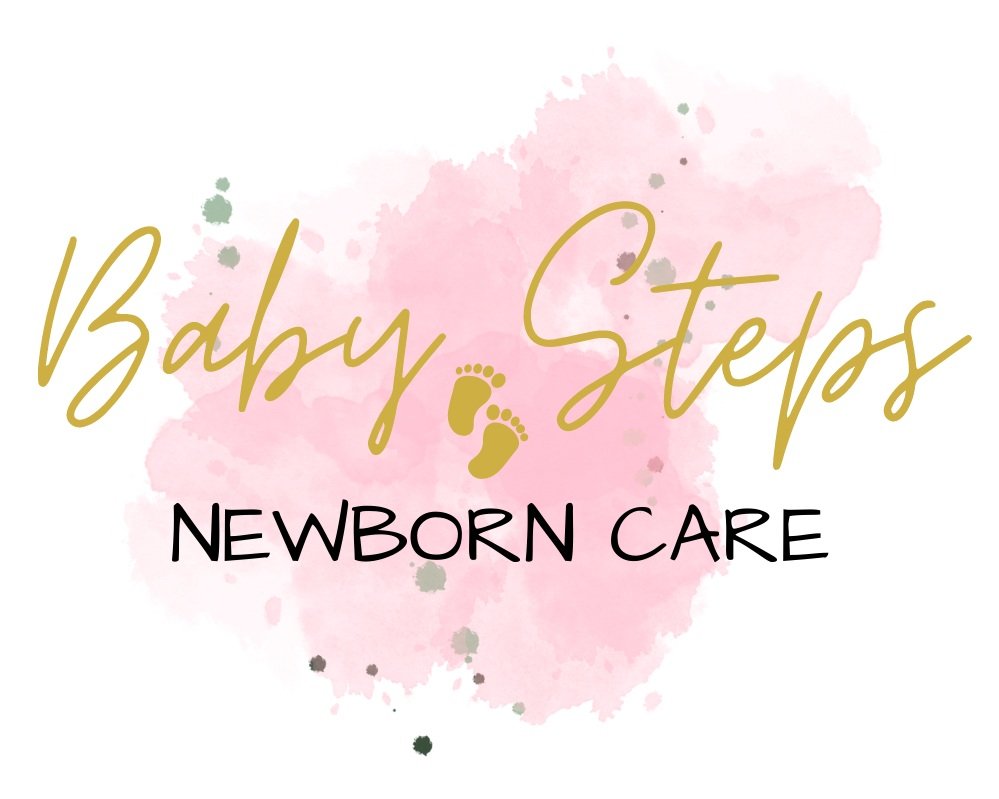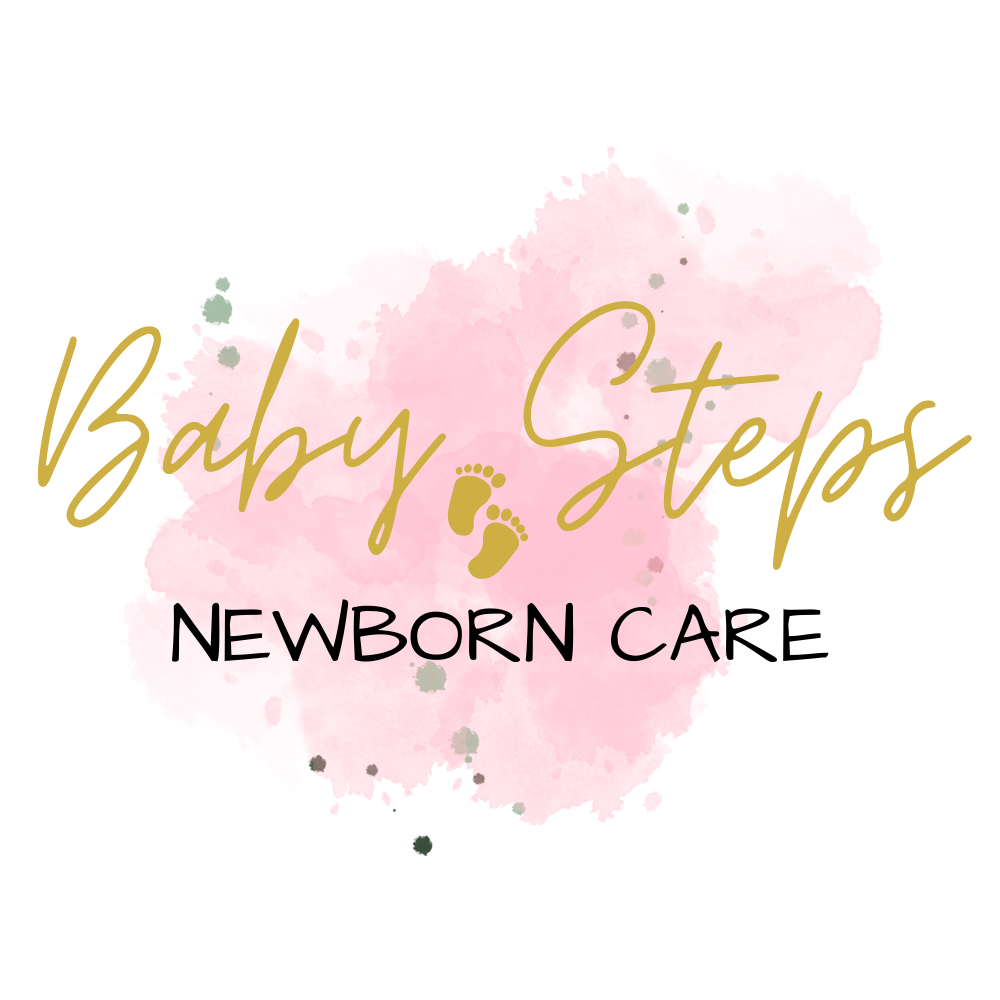Place baby ALONE in the crib to sleep
Place baby on their BACK to sleep
Use a firm mattress and fitted sheet in the CRIB

Guidelines and recommendations for safe infant sleep:
Safe Sleep for Babies Act
On May 16, 2022, President Biden signed the Safe Sleep for Babies Act into law, prohibiting crib bumper pads and inclined sleep products from being manufactured and sold in the U.S. The news comes after the act was passed unanimously in the Senate a few weeks earlier.
The reasoning behind the new law is simple: These products are unsafe to use with your little one.
Crib bumpers have been associated with 113 fatalities from January 1990 to March 2019, according to the U.S. Consumer Product Safety Commission (CPSC). Inclined sleepers have tragically been tied to at least 94 deaths, according to the AAP.
According to the CPSC, inclined sleep products (often called baby docks, pods, loungers, nappers) allow babies to sleep at a 30-degree angle - but it's dangerous for infants to use products that incline more than 10 degrees. Babies may fall asleep in positions restricting their airways or roll out of the devices and become trapped underneath.
Crib Safety
Cribs used today should be manufactured after June 2011 (when the current safety standards banning the manufacture or sale of drop-side rail cribs become effective)
Though an antique crib may be beautiful and sentimental, it should not be used if it doesn't meet modern safety standards.
The newest Pack ‘n Play safety standard has been adequate since February 28, 2013, and applies to all units manufactured or imported on or after that date.
Ensuring crib safety is crucial for your baby's well-being. Here are some important guidelines to follow:
Crib slats should be spaced no more than 2 and 3/8 inches apart to prevent your child's head from getting trapped between them.
Use a firm mattress that fits snugly in the crib with no gaps between the mattress and the sides.
It is too loose if you can fit two fingers between the mattress and the crib. The mattress should be firm enough that it doesn’t conform to the shape of your baby’s head.
Soft and memory foam mattresses could create a pocket (or indentation) and increase the chance of rebreathing or suffocation if the infant is placed in or rolls over to the prone position.
Recommended to air out the mattress for 2-4 weeks before using it to allow any odors to dissipate and ensure optimal air circulation.
Do not place pillows, blankets, bumpers, or toys in the crib, as they can pose a suffocation hazard. The crib should contain only a tightly fitted sheet and your baby.
To avoid injuries, do not hang anything over or near your baby's crib, including decorations, baby mobiles, or any other objects with soft or hard edges.
Weighted Sleep sacks
A few years ago, the American Academy of Pediatrics outlined its concerns with weighted infant sleep products in a letter to leaders at the U.S. Consumer Product Safety Commission (CPSC) and ASTM International.
The AAP opposed the development of a voluntary safety standard for these products, saying it would send an incorrect message to families that the products are safe. It also recommends that infants always sleep on their back, on a separate, flat, and firm surface without bumpers and loose bedding.
The CPSC urges families not to use weighted blankets or weighted swaddles.
These products are associated with concerning reductions in oxygen saturation levels in infants.
“It is recommended that weighted blankets, weighted sleepers, weighted swaddles, or other weighted objects not be placed on or near the sleeping infant.”-AAP
In the spring of 2024, major retailers, including Amazon, Target, Walmart, Nordstrom, Buy Buy Baby, and Babylist, ceased the sale of Weighted Sleep Sacks and Weighted Swaddles Due to Safety Concerns.
Inclined Baby Sleepers & Positioners
These products are often referred to as baby nests, docks, pods, loungers, rockers, or nappers and have been popular items on baby registries for years. However, they pose significant safety risks.
According to the Consumer Product Safety Commission (CPSC), sleep products inclined more than 10 degrees are unsafe. Soft and plush sleep surfaces also present dangers. Inclined sleepers, which position babies at a 30-degree angle, can cause infants to sleep in a chin-to-chest position, restricting their airways. Additionally, babies may roll out of these devices and become trapped underneath them. Tragically, inclined sleepers have been linked to over 100 deaths.
As a result, the Safe Sleep for Babies Act has banned all inclined sleepers. Parents are strongly advised to discontinue the use of these products immediately.
Sleep positioners also pose serious risks. Babies can suffocate after rolling onto their stomachs, as they may be unable to lift their heads, and the soft padding can make breathing difficult if their face presses against it.
The CPSC has also issued warnings about infant loungers following reports of infant deaths. These loungers, typically round and pillow-like, are designed for laying an infant in the center. While they are not marketed as sleep products, babies often fall asleep in them, creating a risk of suffocation if their nose or mouth becomes blocked or if they roll off the product.
Crib Bumpers
Crib bumpers, once a common nursery item intended to cushion babies from crib slats, are also dangerous. They pose risks of suffocation, entrapment, and strangulation. Older babies may even use bumpers to climb out of the crib, increasing the risk of falls. Over the past 30 years, crib bumpers have been linked to more than 100 infant deaths and are now banned under federal law.
Even mesh bumpers and vertical crib liners, marketed as safer alternatives, can become loose and pose a strangulation risk, with babies potentially getting trapped between them and the crib mattress.
SUIDS – SUDDEN UNEXPECTED INFANT DEATH SYNDROME is the newest term used to describe what was once SIDS.
Major Risk Factors for SUID are:
Prone sleeping position
Crib bumpers, blankets, pillows, toys
Overheating – when babies get too warm, they have difficulty waking
No airflow (Table or floor or ceiling fan for air circulation - Fan use during sleep was associated with a 72% reduction in SUIDS risk)
Proper air circulation
Proper air circulation in a baby's nursery is essential for several reasons, including reducing the risk of SIDS, maintaining a comfortable temperature, and preventing mold growth.
SIDS risk: Poor ventilation can trap exhaled carbon dioxide around a sleeping infant's face, increasing the risk of SIDS. Using a fan can improve circulation and reduce the risk by almost half.
Temperature regulation: Good ventilation helps maintain a consistent and comfortable room temperature and prevents overheating.
Moisture control: Proper circulation prevents excess humidity, which can lead to mold growth.
Respiratory issues: Fresh air reduces the risk of respiratory problems by providing a clean and oxygen-rich environment.
Inclined Sleepers, Positioners, Loungers, and other Baby Products to Avoid for Sleeping





